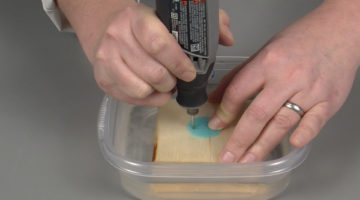
Drilling Small Holes in Glass L106
Knowing how to drill small holes in glass opens up many design options for kilnformed works. Learn how to set up your drilling station and more in this lesson.

Knowing how to drill small holes in glass opens up many design options for kilnformed works. Learn how to set up your drilling station and more in this lesson.
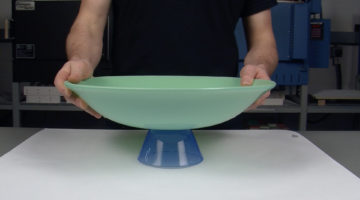
In this lesson we demonstrate how to combine two or more pieces of glass by creating a centerpiece from two slumped bowls.
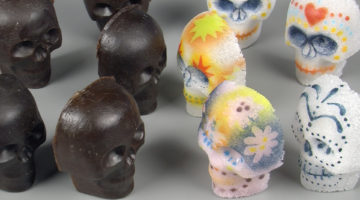
In this lesson, you'll learn how to create a wax model from both found objects and an existing mold.
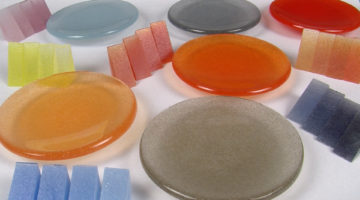
Frit tinting is a technique for creating specific color blends by adding colored glass powder to Clear frit. It broadens
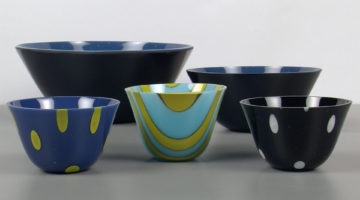
In this lesson, you'll learn about the basic features of drop-out molds and the kinds of pieces you can create with them. You’ll also learn how viscosity and other variables affect glass during the slump.
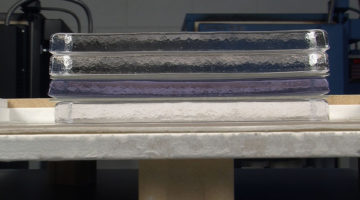
In this lesson, we'll use a similar method to "Working Deep", making a thick slab of glass for a small tabletop with a combination of sheet glass and billets for rapid assembly.
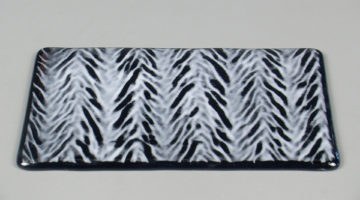
Line, shape, texture, form, and color. These Elements of Design are the basic components that make up an artwork.
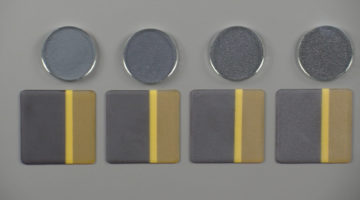
In this lesson, you'll learn reasons to consider sandblasting a piece, how sandblasting can alter surface quality, and how to properly and effectively sandblast a project.
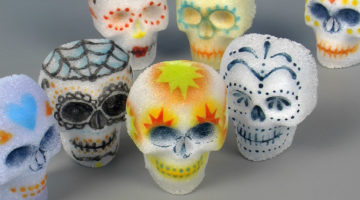
Pâte de Verre is a casting method that involves hand-packing layers of frit and powder in a refractory mold. For our Day of the Dead skull, we use granules of glass instead. Learn the process in this video.
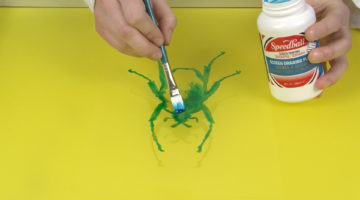
In this lesson, we'll explore a printing method that uses screen filler and drawing fluid.
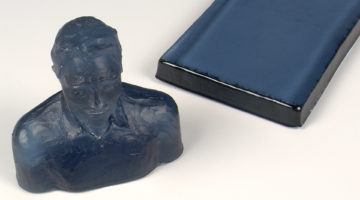
In this lesson you will learn how to prepare a wax model, how to make a two-layered refractory mold, how to steam the wax out of the mold, and successfully cool and clean the piece.
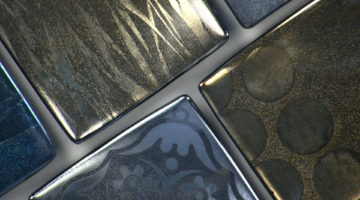
Clear powder with iridescent sheet glass can be a powerful design tool. Learn what you can achieve by firing clear powder in contact with iridescent coatings.